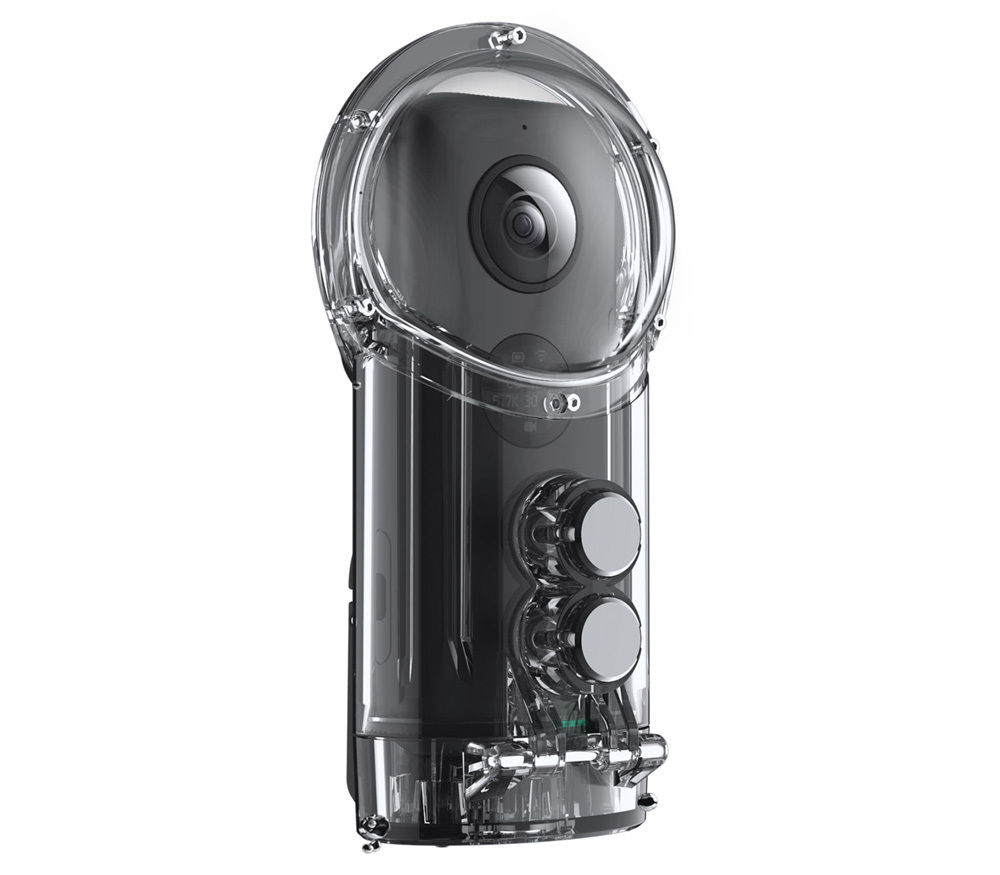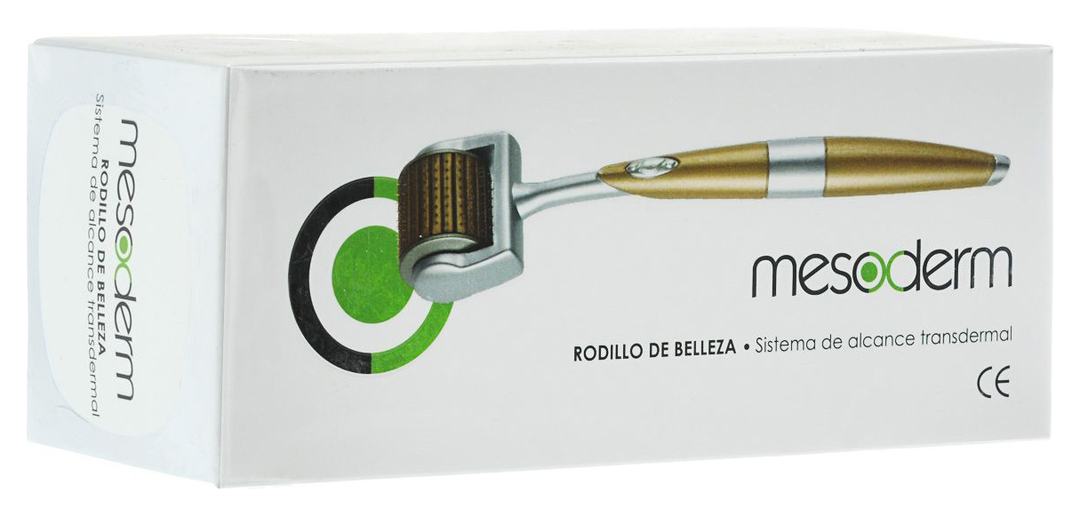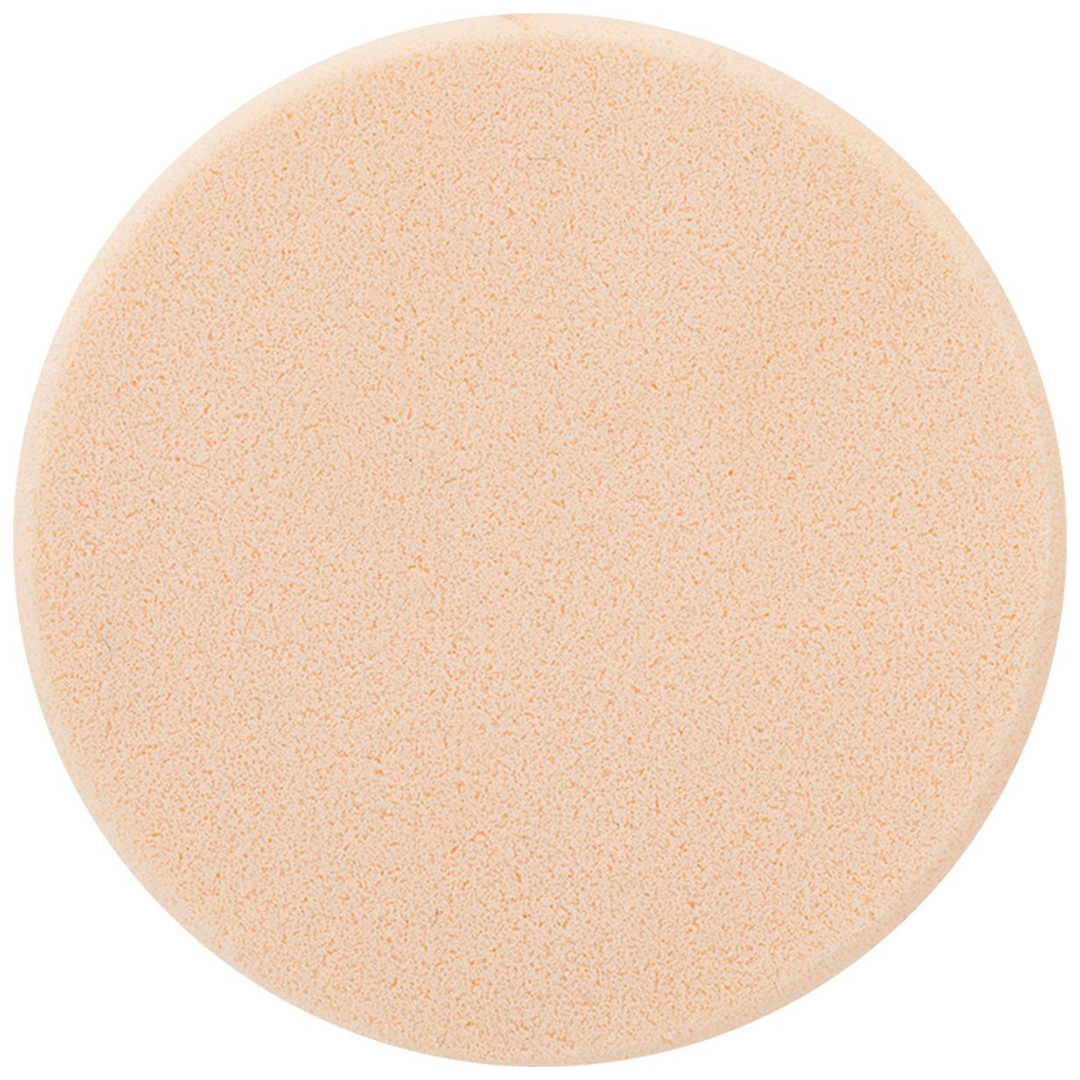When there is a need for redevelopment of a single room or apartment as a whole, decorative partitions can come to the rescue. Because they not only fulfill an aesthetic function in the interior, but also serve as an excellent tool for zoning. The initial plan would be extremely unfortunate: small rooms claustrophobic, and large - were too uncomfortable, too spacious. In such cases, partitions allow efficient use of the usable area and correctly delimit the space. A design implementation of these practical products ensures the transformation of the interior beyond recognition. Sometimes it's the only right decision, which could take the homeowner to achieve comfort. Next, consider the basic characteristics and embodiments of the application.
Content
- The use of decorative items in a modern interior
-
The use of partitions, depending on the purpose rooms
- Living room
- Bedroom
- Kitchen
- Children's room
-
The main types of decorative walls in the interior
- gypsum plasterboard
- Brick
- Wood
- Glass
- the cloth
- Rack
- metal forging
- Making of decorative elements own hands
- conclusion
The use of decorative items in a modern interior
Selecting the appropriate decor elements directly dependent on the room you want to decorate. On the basis of its parameters, functionality and overall style tasks must be carried out the selection of a particular type of decorative walls. The form of products should also take into account the peculiarities of a given space.

Among the advantages of using this decorative element note such as:
- Aesthetics and originality of performance;
- A wide range of the materials;
- No restrictions for the design ideas;
- Long service life;
- The environmental aspect.

The disadvantages include the poor sound insulation or relatively high cost of some models. Depending on the layout, there are two main types of decorative walls in the interior:
- Partitions for rooms zoning;
- Interior walls in the interior.

Partitions may be sliding (rotating) and fixed. The former are often used as interior doors coupe roller rails.

The use of partitions, depending on the purpose rooms
Living room
The versatility of this room makes its own demands on the organization of space. Since there is not only held a festive reception, but often a family dinner. All family members gather to discuss each their own interests. It is therefore necessary to meet their fullest potential requests. It is even possible to use several decorative partitions.

Before installing the product, make sure that the place chosen to host it properly.

It is recommended to read the articles about the design of the modern interior, which can be offered various options for zoning rooms. Arguments that there are may affect the future planning. For example, you can divide the dining area, and a sophisticated screen or as a stylish glass partition. The use of specific materials should focus on the overall color scheme living room, a variety of furniture set.
See also:We produce liquid wall with their hands: instructions

Another option to place a plurality of different accessories, colors or books may be decorative partition - rack. The comfort that it can provide, can fill a modern interior rooms of the comfort. Similar effect can be achieved by using as a partition - a decorative, built-in aquarium. As his side will be open to both areas, he can perform a difficult task: to decorate each area, leaving them at the same time distinct from each other.

Bedroom
Often, it is necessary to combine in small apartments bedroom with cabinet. Acute shortage of space affects the general feeling that makes it impossible to both rest and fruitful work.


Using decorative partitions helps to solve this problem. Screen various shapes allows privacy to each member of a couple.


Kitchen
The main function of the partition in the room is the delineation of space for cooking and eating. Partitions in the interior of the kitchen in style ennoble dining areaAt the same time allowing for better usability area for cooking.

Very easy to use appears to wire screen on a wooden frame. It is used for placement of kitchen accessories, care is galvanized material is very simple. Such a decorative partition can have many different forms.

Children's room
There will need to split into three functional areas: for recreation, study, and a playground. Such zoning allows you to leave a mess in the place provided for this purpose. Other similar space will be used for practical education. Often, for an organization of interior decorative partition used box structure, in addition to be able to something useful to fill it.

The main types of decorative walls in the interior
Decorative walls in the interior, designed for the room zoning, can radically alter the perception of space with minimum means. At the same time achieving the desired effect does not involve the destruction of the wall or ceiling surfaces of the room.

It needs only partial disassembly of the floor covering. The parameters and the shape of the product design chosen by the owner's taste, because of significant restrictions can not be here. The partition for a room zoning can reach ceiling height or did not exceed the growth of the smallest member of the family. The situation is similar to the width of the case. With regard to material selection, consider further the existing species.
See also:Inner trim timber imitation

gypsum plasterboard
With this material you can realize almost any imagination since its installation or removal does not require absolutely no difficulties. Plasterboard characterized by light weight, ease, which makes their application methods. Finishing the surface of such a partition may be very different.

It is not recommended to give a serious burden on the decorative plasterboard partitions. A maximum of 15 kg. Also the high moisture permeability differs.

Demand for this type of decorative element is the fact that it allows you to securely hide the utilities and is fire resistant.
Brick
Very popular is also the traditional material. Usually decorative brick is used where it is impossible to do without fixed partition as the dismantling of this type is characterized by its apparent complexity. Design properties of noble material are ideal for a variety of interior decoration styles (country, Provence, etc.).

Wood
Wooden partitions are excellently combined with any stylistic premises, with the exception of outright hi-tech. They are often the main element of decoration, attracting the attention of all the guests. Carved, perfectly polished Natural wood elegantly decorates the interior.

The material for the carcass of a particular structure, can serve as the board (timber) and MDF. Finishing comprises treating a natural material lacquer solutions. After this procedure the wooden partition will be different for their reliability and durability to mechanical stress. Among the disadvantages of the material are called the fire hazard, and unacceptability of excessive moisture.

Glass
Glass products are designed to preserve the useful space, leaving a feeling of openness. Frosted glass partitions delimit clearly enough functional zones without weighing and without diminishing interior visually.

The disadvantages of this type include the obvious need to regularly clean the glass pane, as well as the inability to hide in the decorative element utilities. However, the aesthetic aspect of the material compensates for this drawback.

On the glass it is possible to apply patterns, as well as photographs.
Glass is used for both stationary partitions, and as a sliding screen. The advantages of using this material is no obstacle for passage of light, resistance to changes in humidity and temperature durability.
See also:Decorative corners on the corners of walls

the cloth
When thorough partition is not required, partitions fabric (curtains, drapes) used for zoning areas. Features material involves both rotary and sliding partitions. For this decorative element is the need to install on the ceiling cornice with special guides.

Using this design allows the blade to glide easily and differentiate the space of living rooms. The bedroom has a screen fabric makes it possible to retire, and in the living room organize home theater.

Rack
Convenience design shelf It is to continue to position on the open shelves of accessories, whether books or lamps. Wherein the shelves can be open on several sides, in each functional zone.

metal forging
For this decorative element it requires a certain approach, as it would look with the proviso specific design style rooms.

Include such options Interior Design as Art Nouveau or Art Deco. Forged metal is used when necessary fire place in one section of the room. Polished steel - when design refers to the style of hi-tech.

Making of decorative elements own hands
Partitions can be made personally, but it would be extremely difficult without the right tools. Simple to manufacture decoration element appears drywall material. For example, consider the procedure for the work on the creation of fixed partitions for the division of space into zones.

- Marking. Profile plasterboard width 5 cm is laid on the floor, after which encircle chalk. The blank is attached in the region of one cm from the contoured line;
- Likewise markings carried by the rack;
- Profile of about 2 m in height is fixed to the wall by means of screws;
- Time counting is performed webs for later installation of shelves;
- Sutured frame presumed structure (recommended width up to 25 cm). For this purpose, each of the side neatly trimmed whole sheets of drywall. Remains then go for covering the ends;
- Fixed perforated area by a stapler;
- Finishing is done in two stages: reinforcement, then finish.

Subsequently, the finished construction of the partition can be decorated to your liking.


conclusion
The use of designer goods in the interior often contribute to the functional zoning of the space: whether it is a stationary baffle for the zoning of a single room or installation of interior sliding partitions. However, they can also be used as purely decorative elements, for the purpose of aesthetic design space.



